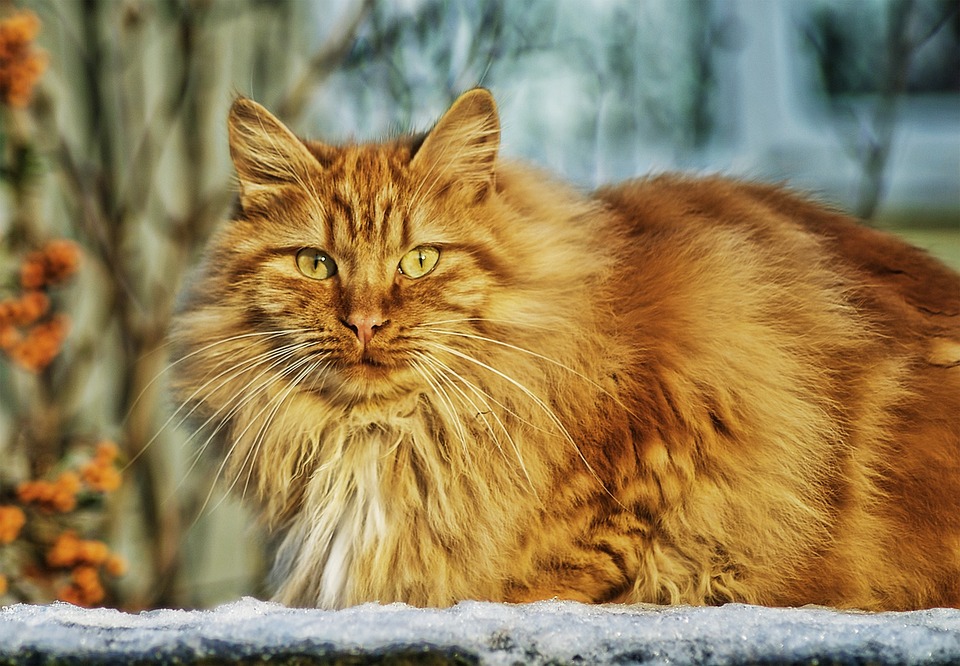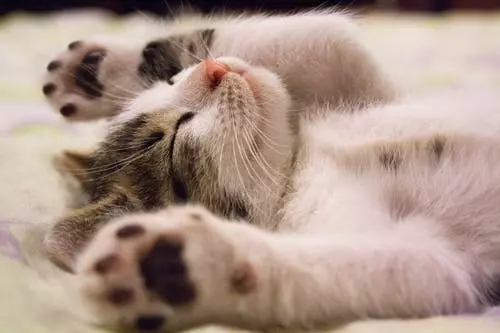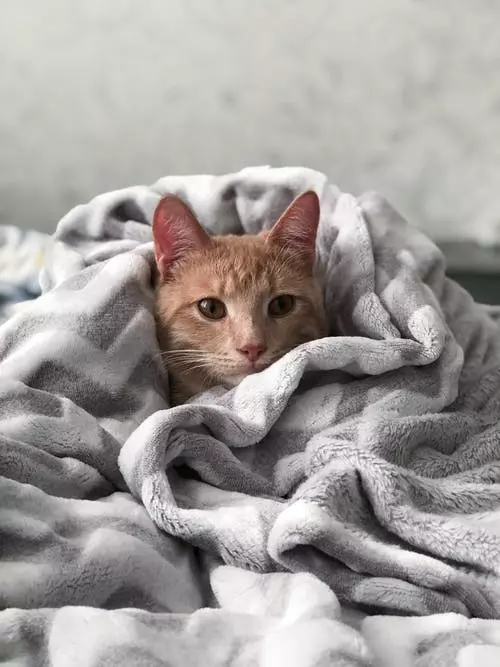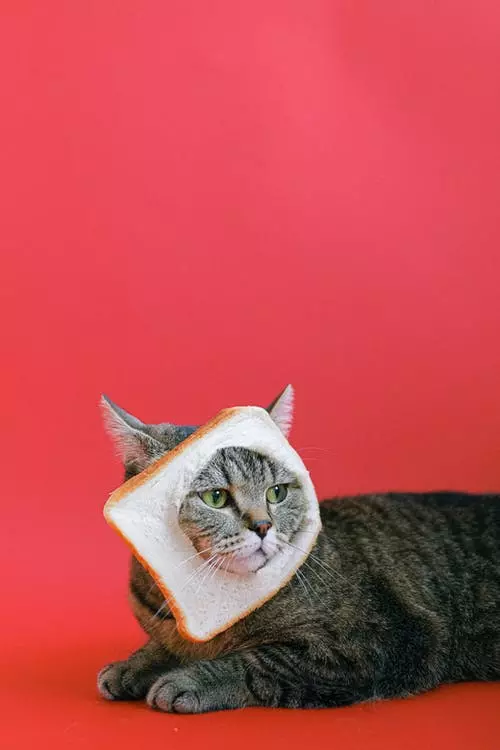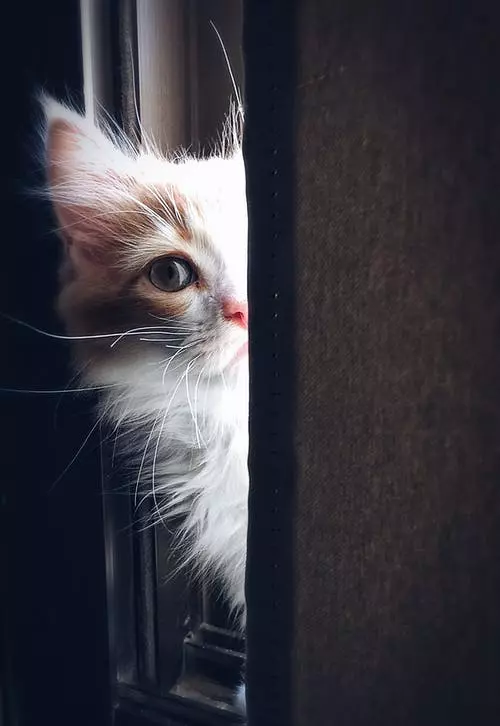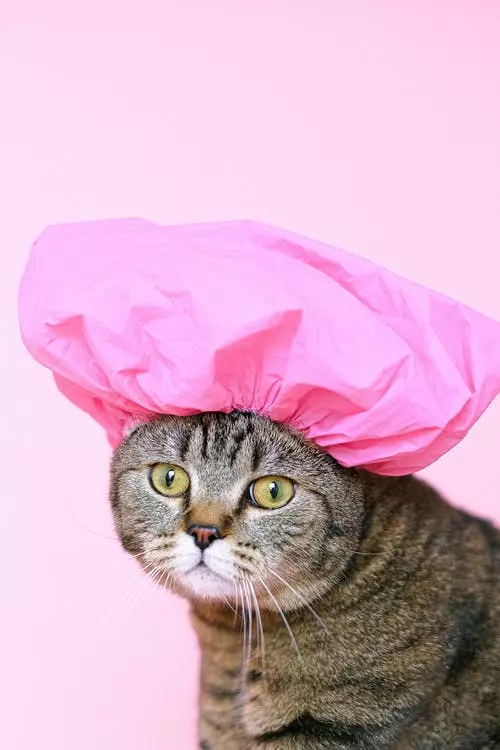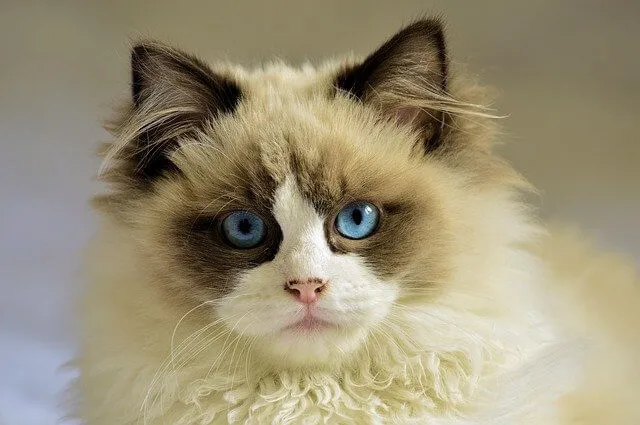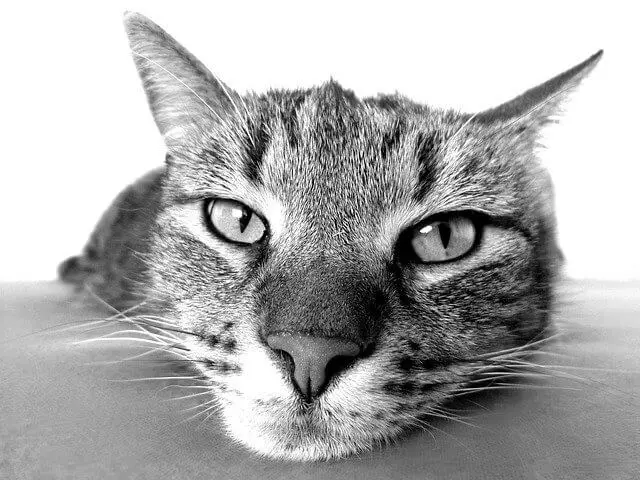Tail fluffing behavior during agitation in cats can be a cause for concern for many cat owners. Understanding this behavior and its significance is crucial in order to address it effectively and ensure the well-being of our feline companions. In this comprehensive guide, we will delve into the world of tail fluffing behavior in cats, its triggers, and how to address it in a holistic manner.
To begin with, tail fluffing behavior refers to the action of a cat puffing up its tail, making it appear larger and more voluminous. This behavior is often associated with agitation or arousal in cats. It is important to note that tail fluffing is a natural response and can be observed in various situations.
There are different reasons why cats fluff their tails. It can be a sign of fear, anxiety, or aggression. In some cases, cats may fluff their tails when they are feeling excited or stimulated. Recognizing the different types of tail fluffing can help us understand the underlying emotions or motivations behind this behavior.
Agitation in cats can be triggered by various factors such as loud noises, unfamiliar environments, or interactions with other animals. It is important to identify these triggers in order to address the root cause of the agitation. Recognizing the body language of an agitated cat, such as flattened ears, dilated pupils, or a tense body posture, can help us intervene and prevent further escalation.
Linking tail fluffing behavior with agitation is crucial to understanding the significance of this behavior. Tail fluffing can be a visible indicator of a cat’s emotional state. By observing the context and timing of tail fluffing, we can gain insights into the underlying emotions and address them appropriately.
There are several tips that can help address tail fluffing behavior during agitation. Creating a calming environment for your cat by providing a safe and quiet space can help alleviate their anxiety. Adequate mental and physical stimulation through play and interactive toys can prevent boredom and reduce agitation. Implementing positive reinforcement techniques, such as reward-based training, can help redirect their attention and promote positive behaviors. Additionally, using appropriate distraction methods, such as interactive feeding puzzles or engaging toys, can divert their focus from the source of agitation.
In some cases, tail fluffing behavior may persist or escalate despite our best efforts. In such situations, it is important to seek professional help. Consulting a veterinarian or animal behaviorist can provide valuable insights and guidance. Persistent or extreme tail fluffing behavior may indicate an underlying medical condition or behavioral issue that requires expert assistance. It is important to recognize the severity of aggression in relation to tail fluffing and seek appropriate intervention to ensure the safety and well-being of both the cat and its human companions.
In the FAQs section, we address common questions related to tail fluffing behavior in cats. Exploring other possible causes of tail fluffing, understanding the relationship between tail fluffing and self-defense, determining the threshold for normal and excessive tail fluffing, investigating breed predispositions, and exploring natural remedies and techniques for calming cats are some of the topics covered.
In conclusion, addressing tail fluffing behavior during agitation in cats requires a holistic approach. By understanding the behavior, identifying triggers, and implementing appropriate strategies, we can promote a calm and content feline companion. Seeking professional help when necessary is crucial to ensure the well-being and happiness of our beloved cats. Remember, a calm and happy cat is a healthy cat.

